Analytics
Centralize information from all your digital channels, visualize it simply and effectively, enrich it by adding valuable data from all media, and perform diagnostic and predictive analysis to make decisions that help your business grow.

Discover the modules included on Analytics

In recent years, the way we do marketing has completely changed. From marketing automation (MAP), data intelligence (BI), and technology (MarTech), to the AI revolution, marketing teams are facing an unprecedented number of challenges for their multiple brands, markets, and audiences. Bunker DB offers an integrated analytics suite that allows you to stay focused on your marketing strategy, detect insights, and improve ads and marketing returns for your business.
We are experts in analytical transformation
We help brands from multiple verticals turn raw data into actionable insights.
1/5
What can you do with Bunker Analytics?
Measure the success of your strategy
Our Data, Media, and Analysis solutions compare data across your media and understand where your strategy can perform better.

Talk to your data
Meet Advanced Data Analytics (ADA AI)! Our Artificial Intelligence solution talks with your data and accelerates insights, generating customized charts and graphs simply by typing text.
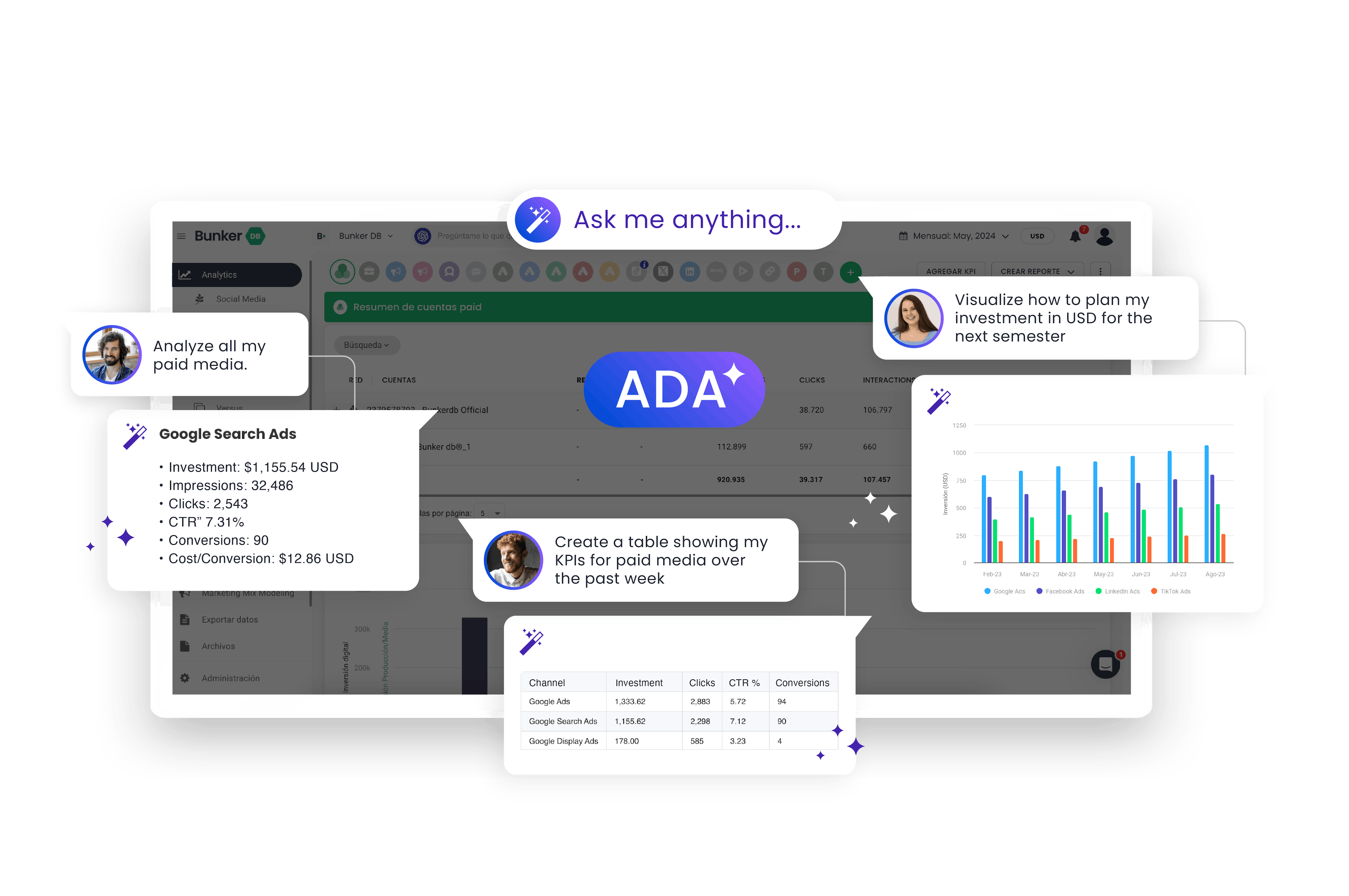
Nurture your relationship with your audience
Our Interactions solution allows you to nurture your community, engage with them, and manage your public comments and private messages on your social media. Pay attention to every interaction and identify insights about your target audience.

Enrich your data
Our Audiences solution centralizes the interactions your consumers have with your brand to generate more effective contact strategies.
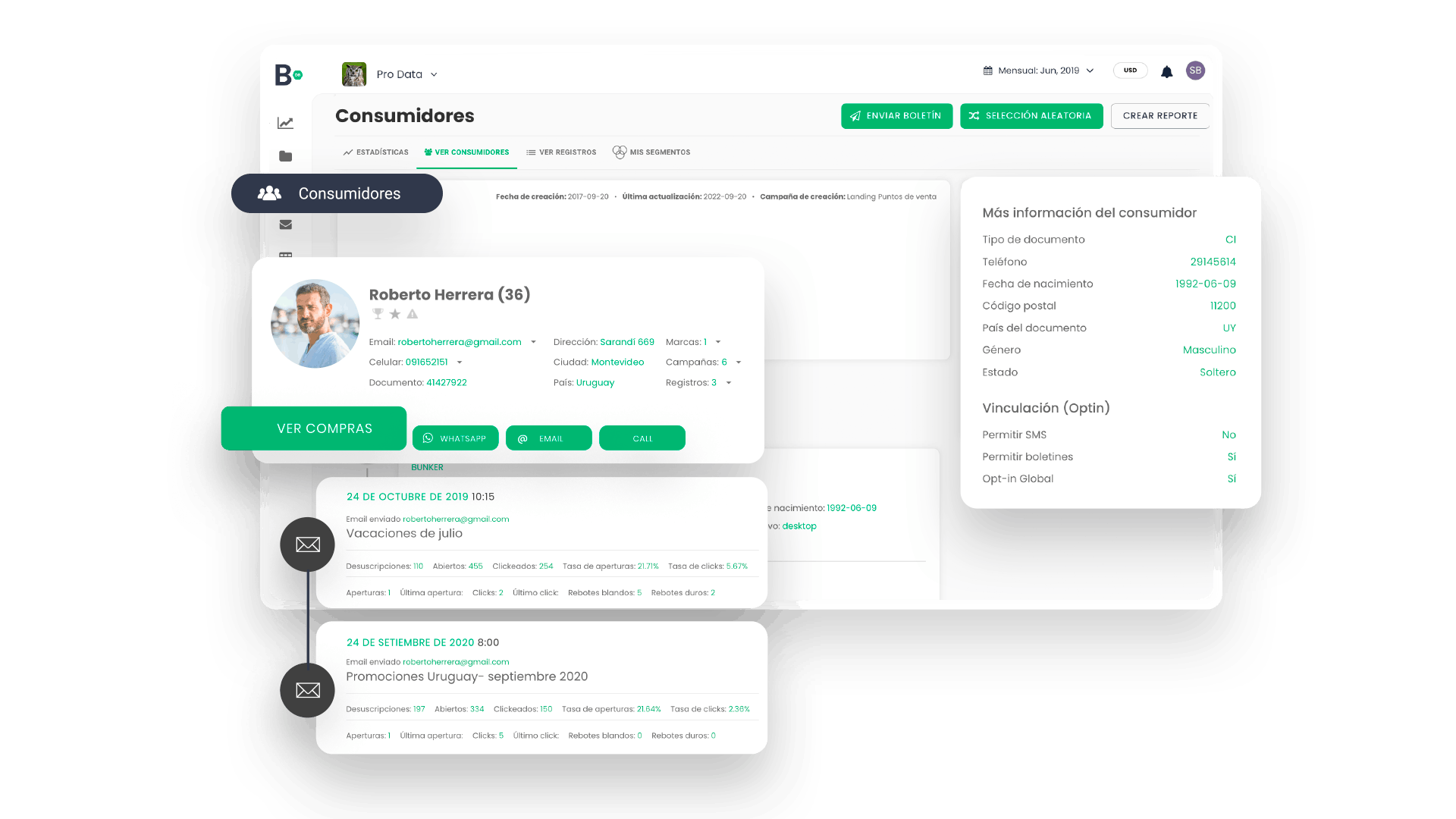
Discover the best content to differentiate yourself
With our content and competitor analysis, get all the information you need to enhance your creative and content strategy, based on data and insights from your brand and your competitors.
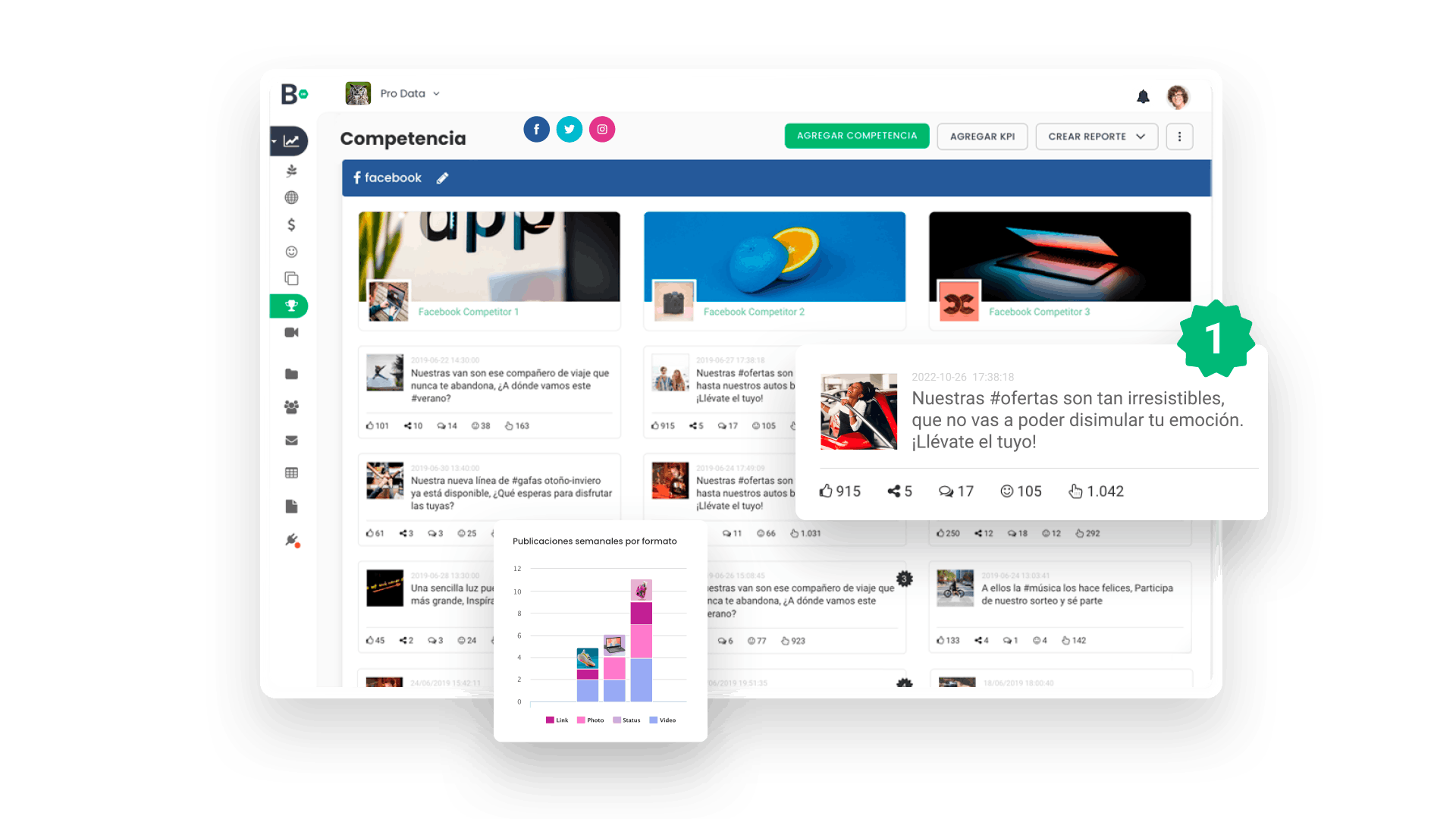
Generate intuitive reports and dashboards
Our interface allows you to build dashboards so you have a general control panel of all your metrics, and specialized reports to delve deeper into the analysis and insights you need.
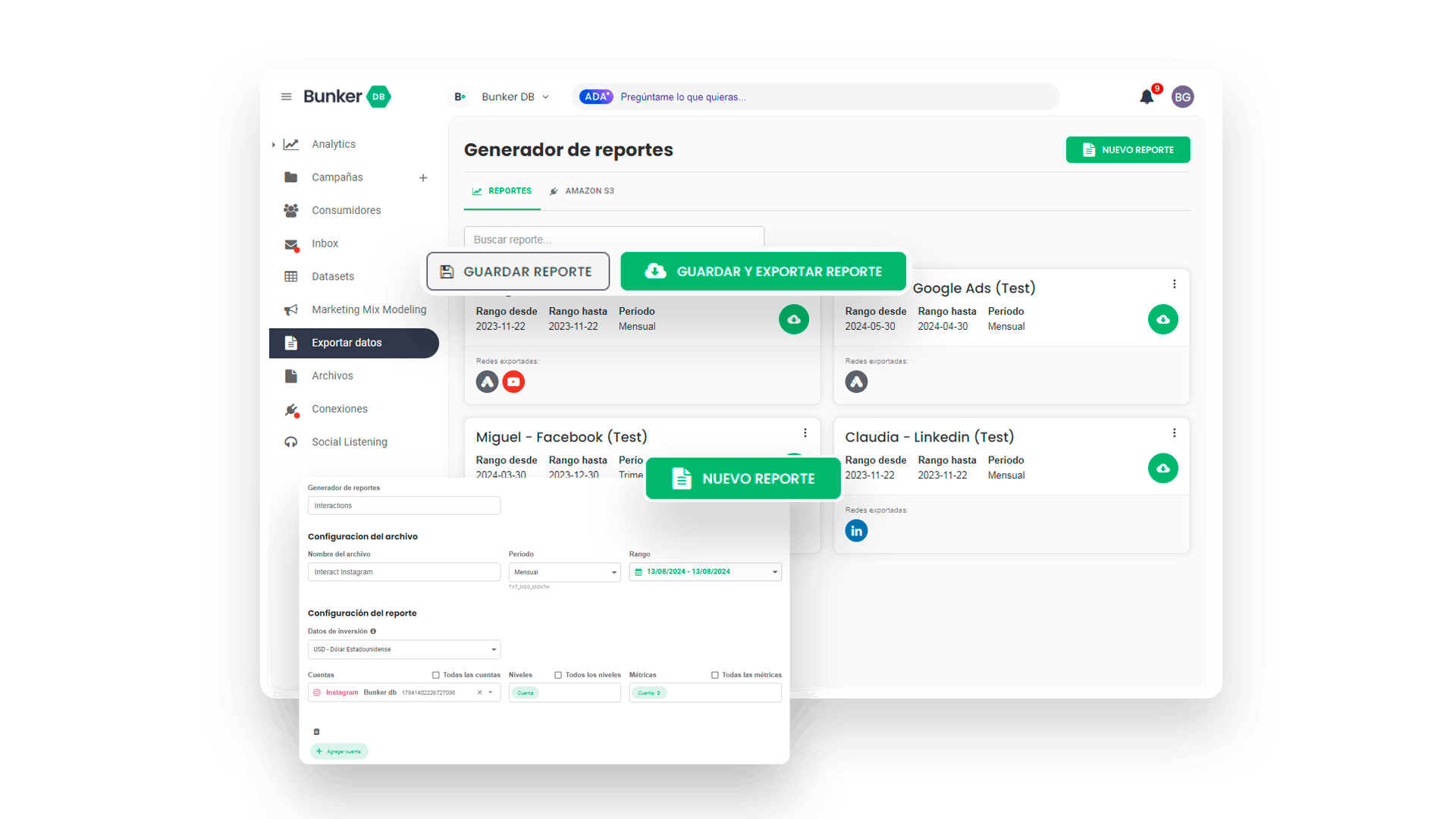
Why choose us as your measurement partner?
Trusted solution
Our technology, Bunker Analytics, automates data collection at record speed, enabling the development of robust, reliable, and long-term analytical transformations.

Seamless and friendly
Our technology is designed for both technical and non-technical users, removing barriers and democratizing data access for everyone on the team.

Constant innovation
Our solutions adapt to market needs in real time, enabling our clients to tackle complex challenges at any moment.
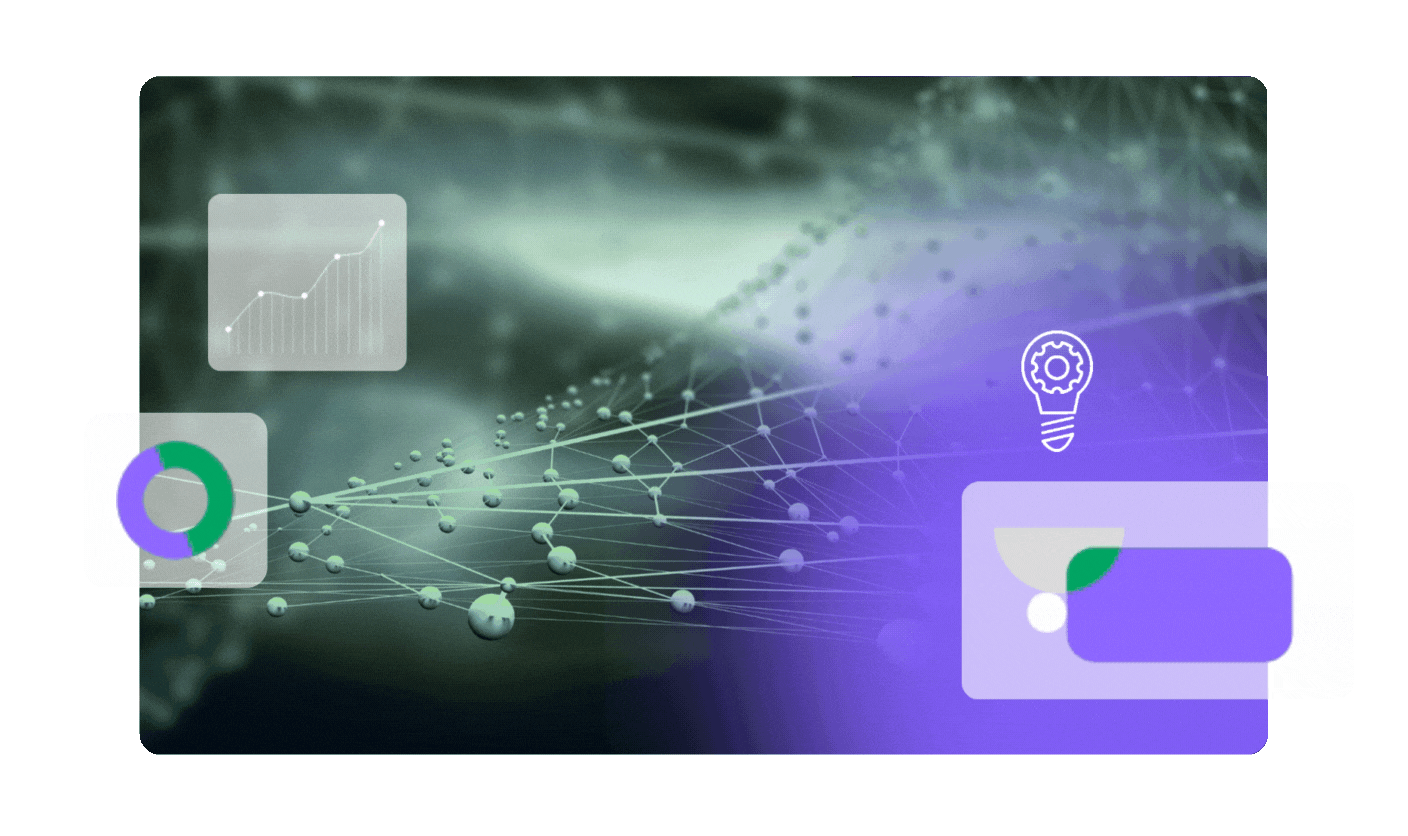
Tailored to every need
From pre-built models to customized solutions, we are a measurement partner that supports every phase of our clients' transformation journey.

Bunker is not a tool—it's your competitive advantage.
Our analytics platform is tailored to marketing teams that need to analyze and optimize all of their marketing, media, and creative efforts. Our solution combines the power of Data analytics tools that integrate large volumes of information; Marketing analytics tools that help understand which channels work and which don’t; and Generative AI that lets data speak for itself: insights, charts, tables, and more—from a simple prompt.
Request your free demo

resources
Reference material
Other
solutions
by PRODUCTS AND SERVICES









